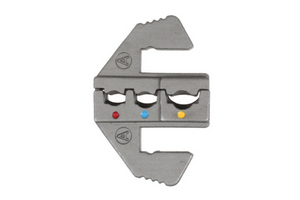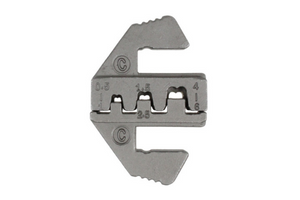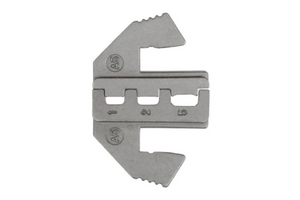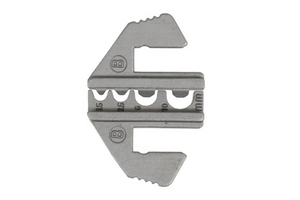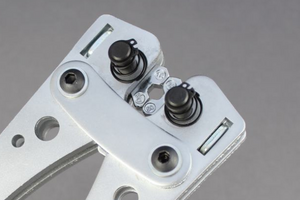| Crimping Tool GuideCable crimping is the cornerstone of your 12 volt electrics, but which tool is best, and why are there so many choices? In this guide, we will show you the different styles of crimping tools, the benefits of each and the best way to crimp your cable. Why Crimping Instead of Soldering? For terminating cables in vehicles, crimping is generally recommended over soldering as it is longer lasting, more convenient and easier to achieve for the DIY-er. Solder is not as long-lasting because it is sensitive to vibrations which can, over time, cause it to 'work harden', leading to brittleness and cracking, which will result in a poor electrical connection. Older solder connections will also become weaker as the solder degrades with age, meaning that the likelihood of a poor connection and power loss increases over time. Crimping is deemed by many to be much easier, saving time and decreasing the risk of making a poor connection. Soldering takes a lot of practice to get right and a steady hand. With crimping you simply insert the terminal into the tool along with the cable and squeeze, meaning even a beginner can create a professional cable connection. Also, if you use crimp terminals that incorporate a shrink sleeve they will offer much better protection against moisture, dirt & debris as these form a seal around the cable to prevent moisture ingress and corrosion. This can be achieved with solder by using separate sleeving, bit it's less convenient.
Every crimp terminal style available on the market has its own characteristics and will need a tool that matches. The difference between the tools is usually found in the design of the crimp jaw which needs to form properly around the terminal to create the crimp. Even a subtle change in the jaw design can cause a poor crimp and a corresponding poor connection, so it is vitally important always to use the correct tool for the terminal you intend to crimp. Below we will show you the jaw profiles for some of the most common terminals and explain how they work.
The Right Tool for Your Expected Usage On our website you may see three different 'duties' of some types of crimping tool: Light Duty, Standard Duty & Heavy Duty, but which should you choose? Well, it really depends on how often you'll be using the tool as they have different features. The table below summaries the differences which should allow you to choose the most appropriate one for your needs.
How to Crimp a Terminal Crimping a terminal is pretty straight forward and takes just 3 steps.
And there you have it. Of course, there are a few other helpful tips and tricks you can use to make this process easier and you can see these in the video below. Our best advice is to practice, practice, practice!
We hope you have found this article helpful however if you need any further help please do not hesitate to contact our helpful support team. Disclaimer - The information contained in these articles is provided in good faith and we do our best to ensure that it is accurate and up to date, however, we cannot be held responsible for any damage or loss arising from the use or mis-use of this information or from any errors or omissions. The installer is ultimately responsible for the safety of the system so if you are in any doubt, please consult a qualified electrician. |
12 Volt PlanetAuto & Marine Electrical Components |


